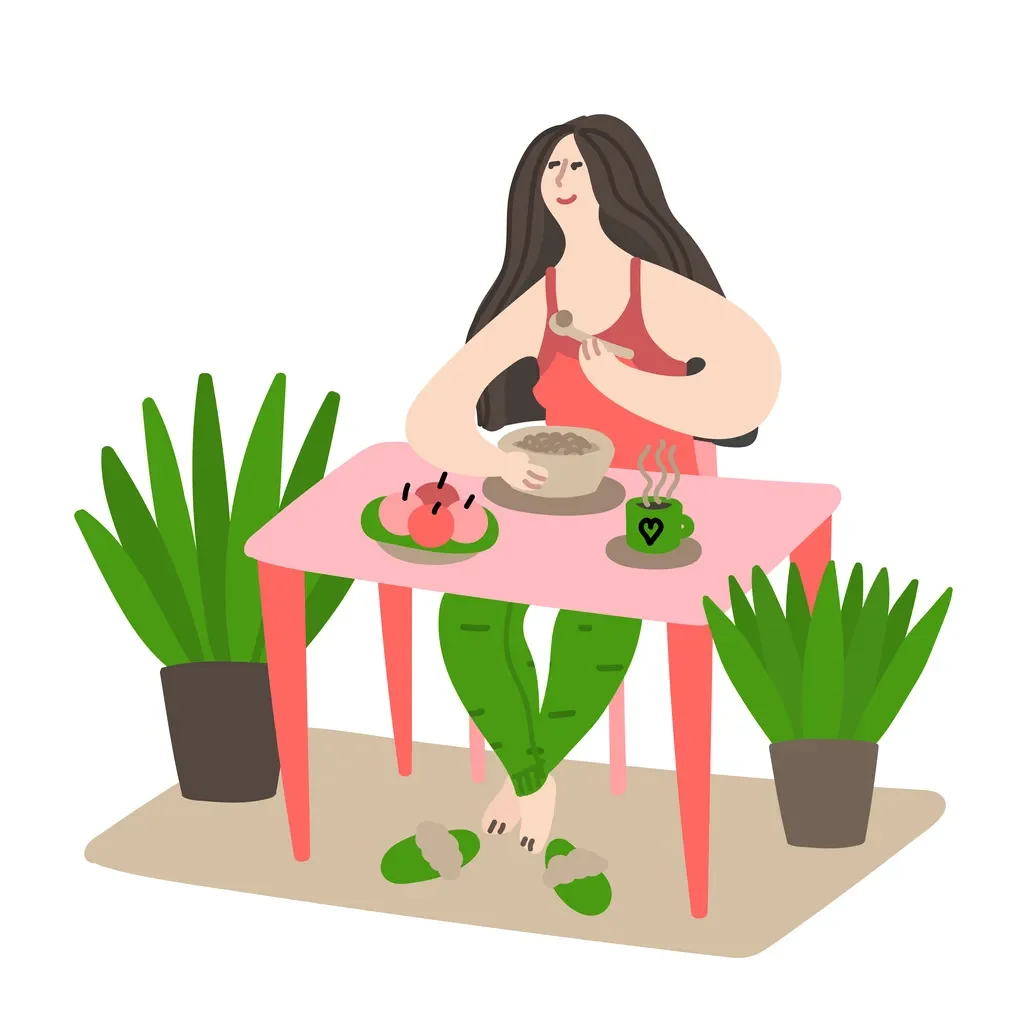Have you ever eaten more than you should, to the point where your stomach hurts? Is your first instinct to eat when you are stressed? What about counting calories, then criticizing yourself when you have a “cheat day”? Does eating and food give you anxiety rather than enjoyment? If you said yes to any of these, you are not alone! In our world focused on being thin, many feel they have to restrict their food intake in order to reach this ideal. Others grew up being told they couldn’t leave the dinner table until they had eaten everything on their plate, so their body learned to overeat. But eating does not have to be stressful, and it should be enjoyable! In her book The Rules of “Normal” Eating, Karen R. Koenig, LICSW, M. Ed., outlines strategies for becoming a “normal” eater. Her number one piece of advice: listen to your body!
Your body knows what it wants, but from various life experiences you have learned to ignore its signals. But those signals are still there, and you can relearn how to listen to them. The first step is by understanding the difference between being full and being satisfied. Koenig explains how you can be full and not satisfied, and you can be satisfied and not full. When you get a craving, it is okay to let yourself have that food. Sometimes it only takes one or two bites for you to be satisfied, sometimes more, but once you reach that point, you can stop and move on, eating other foods until you are full. Then stop eating.
Here is a personal example from my life to demonstrate this strategy. Yesterday, I was really craving chili cheese flavored Fritos. Not the most nutritious food, but the body wants what it wants. So I got me some Fritos, and when I started eating them, my body was thrilled to have the craving fulfilled. Historically, I have been one to pound junk food and eat more than I should. So, I had to consciously focus my attention on identifying when I felt satisfied. And once I got to that point, I stopped eating the chips! I was still hungry, and yes, I felt the temptation to continue eating the chips, but my body had told me it had had enough. So I listened to it and stopped eating the chips, then found other foods that sounded good, and ate those until I was full. Once I was full, I stopped eating.
Learning this process can take time, but be kind and give yourself space to learn. If you aren’t feeling a craving for a specific food, Koenig recommends asking yourself questions like:
- Do I want something sweet?
- Salty?
- Spicy?
- Savory?
- Is there a certain texture I want to experience, like crunchy?
- Creamy?
- Smooth?
- Fluffy?
Experiment with different foods and see what makes your body happy. With some practice, you can overcome those feelings of stress and anxiety, and embrace enjoying your food!
Post inspired by The Rules of “Normal” Eating by Karen R. Koenig, LICSW, M. Ed.


